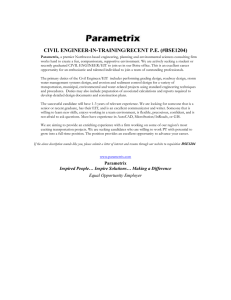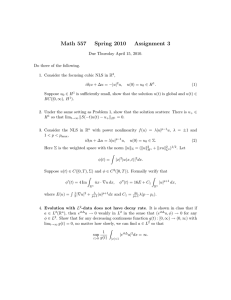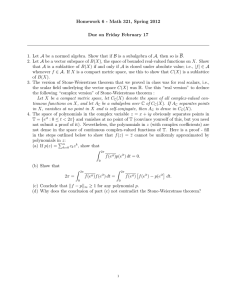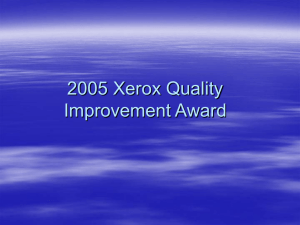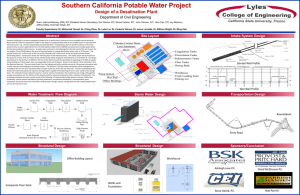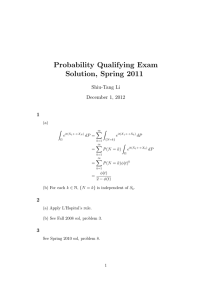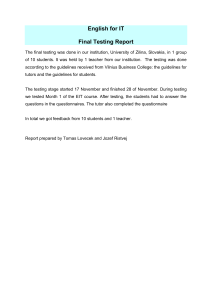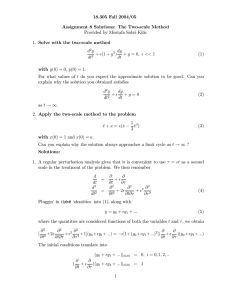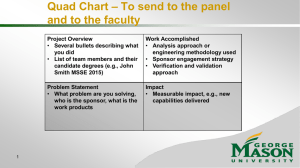W O R K I N G The Pursuit of Excellence
advertisement
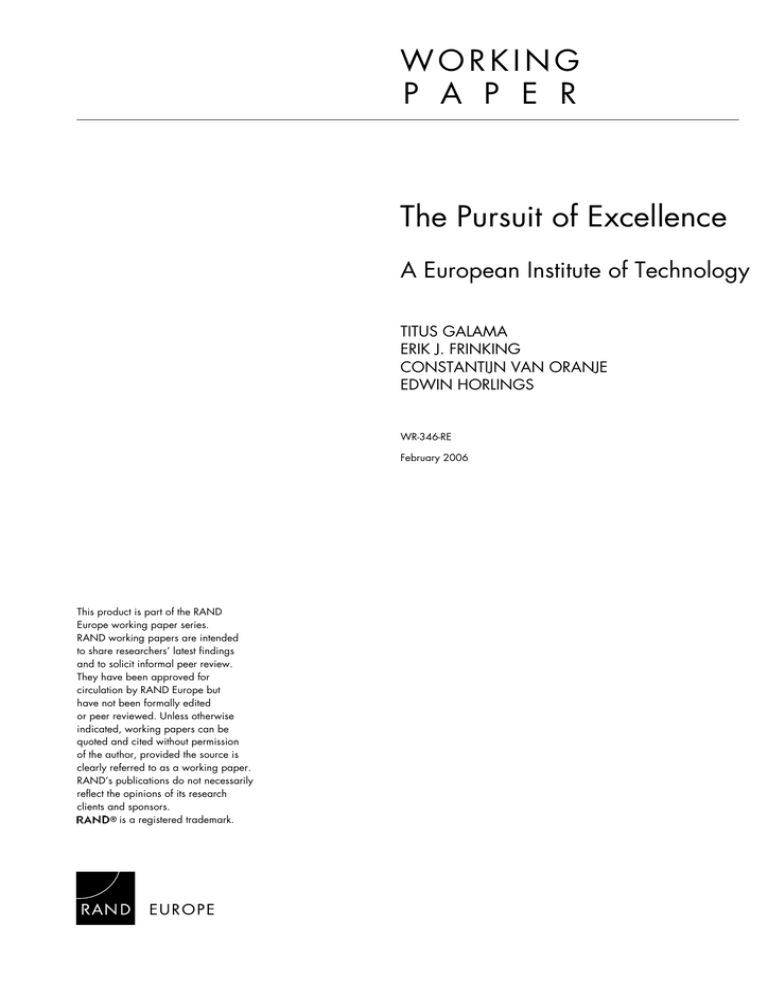
WORKING P A P E R The Pursuit of Excellence A European Institute of Technology TITUS GALAMA ERIK J. FRINKING CONSTANTIJN VAN ORANJE EDWIN HORLINGS WR-346-RE February 2006 This product is part of the RAND Europe working paper series. RAND working papers are intended to share researchers’ latest findings and to solicit informal peer review. They have been approved for circulation by RAND Europe but have not been formally edited or peer reviewed. Unless otherwise indicated, working papers can be quoted and cited without permission of the author, provided the source is clearly referred to as a working paper. RAND’s publications do not necessarily reflect the opinions of its research clients and sponsors. is a registered trademark. RAND Europe Summary The European Commission has formulated a bold vision: the creation of a European Institute of Technology (EIT) that should become the most prestigious institute of technology in the world, with access to world-class research facilities, hosting top scientists from across the world, and training the researchers of tomorrow. If Europe is to achieve scientific excellence and reap the associated economic and social benefits, a daring initiative will have to be taken. Assuming, the EIT has the potential to be that initiative and to give a boost to the renewal of the European scientific base, it becomes vital that its design and creation be carried out carefully and based on sound, evidence-based analysis. In this paper we present a first analysis of essential requirements and key features based on a comparison with leading European and global science and technology institutes, particularly the Massachusetts (MIT) and California (Caltech) Institutes of Technology, on interviews with experts (faculty and business leaders), a focus group with (former) students of technology, and on a survey of preferences and requirements among students and scholars. One of the main challenges faced by the EIT is that it will need to establish excellence, prestige, brand name, and scientific credibility. Our research has identified that the world’s top universities achieve this by meeting four essential requirements: (i) access to world-class research facilities, and concentration of (ii) faculty talent, (iii) student talent, and (iv) financial resources. The world’s top universities ensure these aforementioned four essential requirements by: (i) seeking a broad funding base (including tuition fees), (ii) performancebased payment, (iii) a highly selective admission process, (iv) competition in research funding, (v) independence and (vi) focus. These main requirements for prestige and acknowledged excellence strongly suggest a future EIT should be set up on the basis of a radically different university model. Using the identified requirements as guiding principles we argue that it will be difficult for the EIT to begin as a selection of existing top European institutions or as a network of selected existing universities. We find that the two options with the highest potential for success are (i) setting up the EIT as a European branch of MIT or Caltech, or (ii) building an EIT from scratch (greenfield). The second option involves another decision, namely about developing an EIT at one location or at multiple locations. We have made a brief assessment of the advantages and disadvantages of each option. In addition, we have identified a number of support measures and strategic implications that apply to each option, such as an integrated approach to teaching, research and technology transfer, the value of commitment by the EU, and the risks associated with large investments and political involvement. After exploring the key requirements, core features, and potential formats, several formats come forward as desirable. Additional research is needed to make a careful and evidencebased decision on the choice for a specific option and on the steps that have to be taken to realize it. We have identified a number of unresolved issues and open questions. 1
